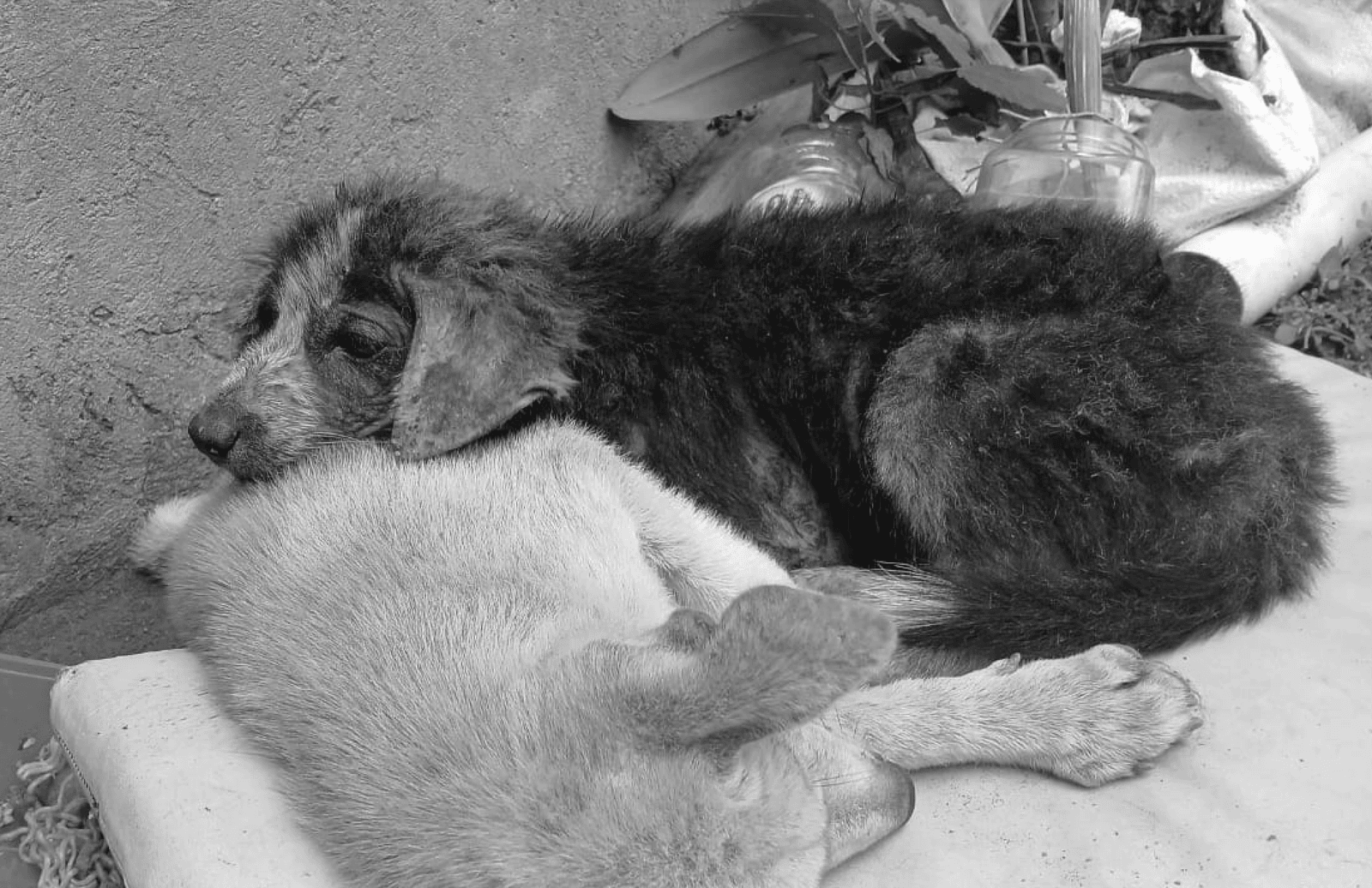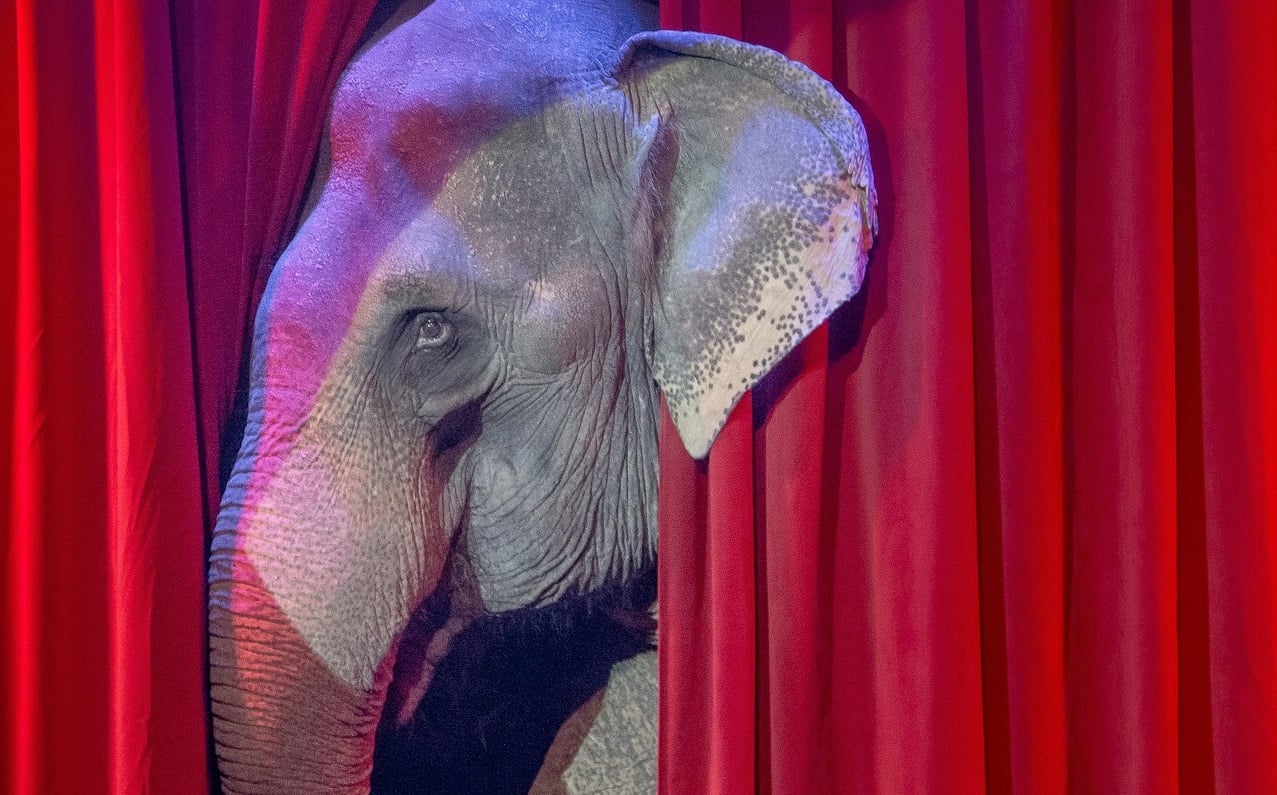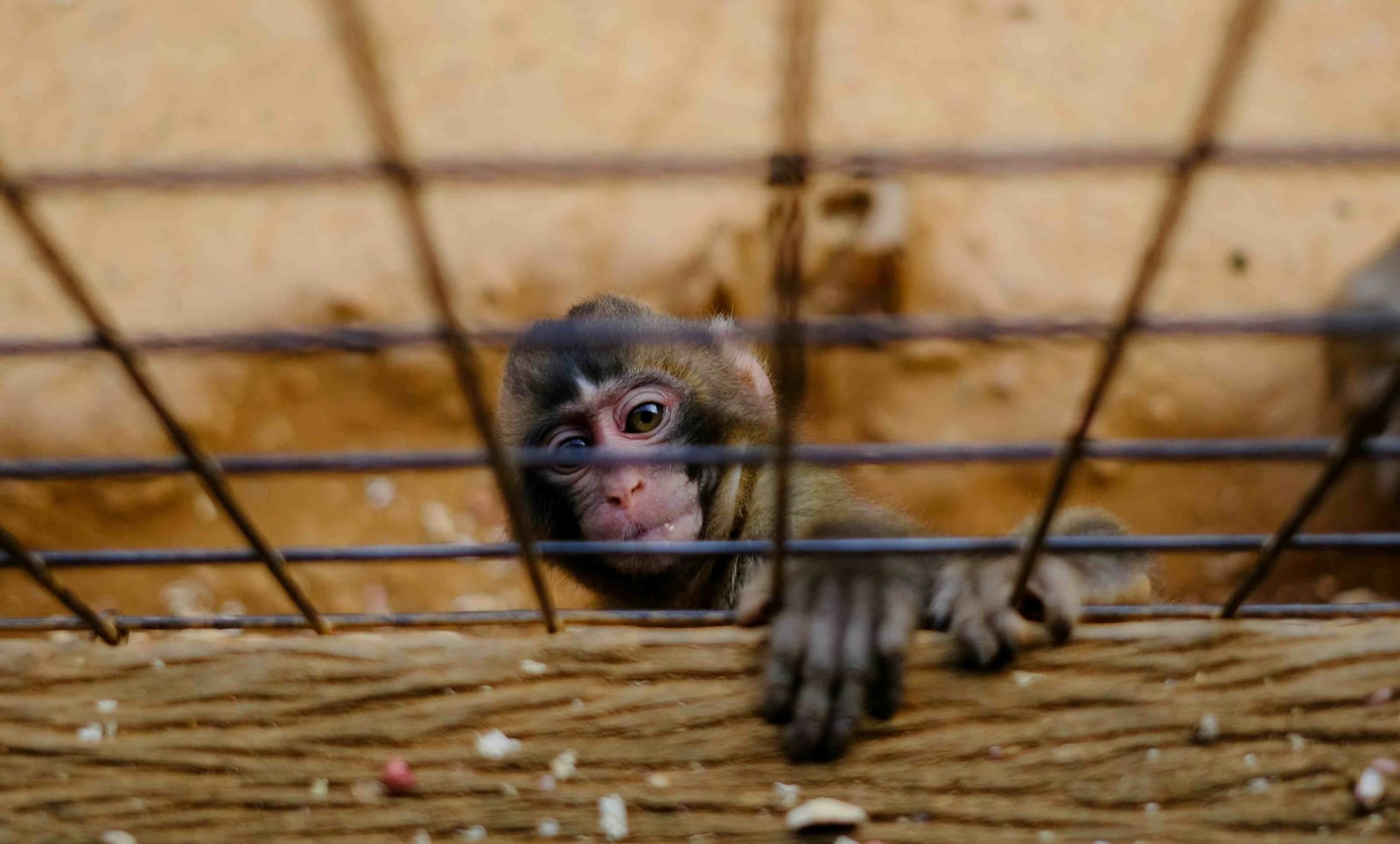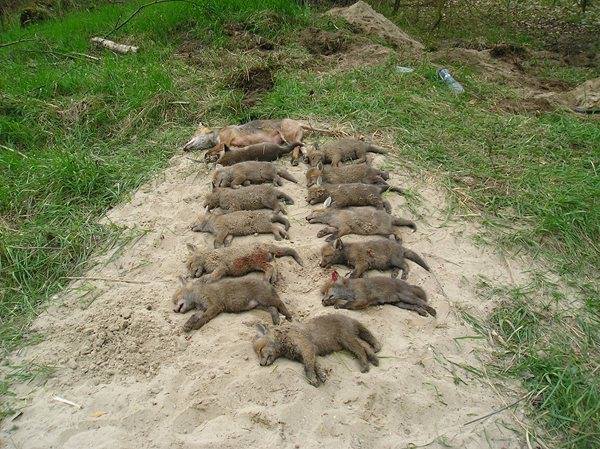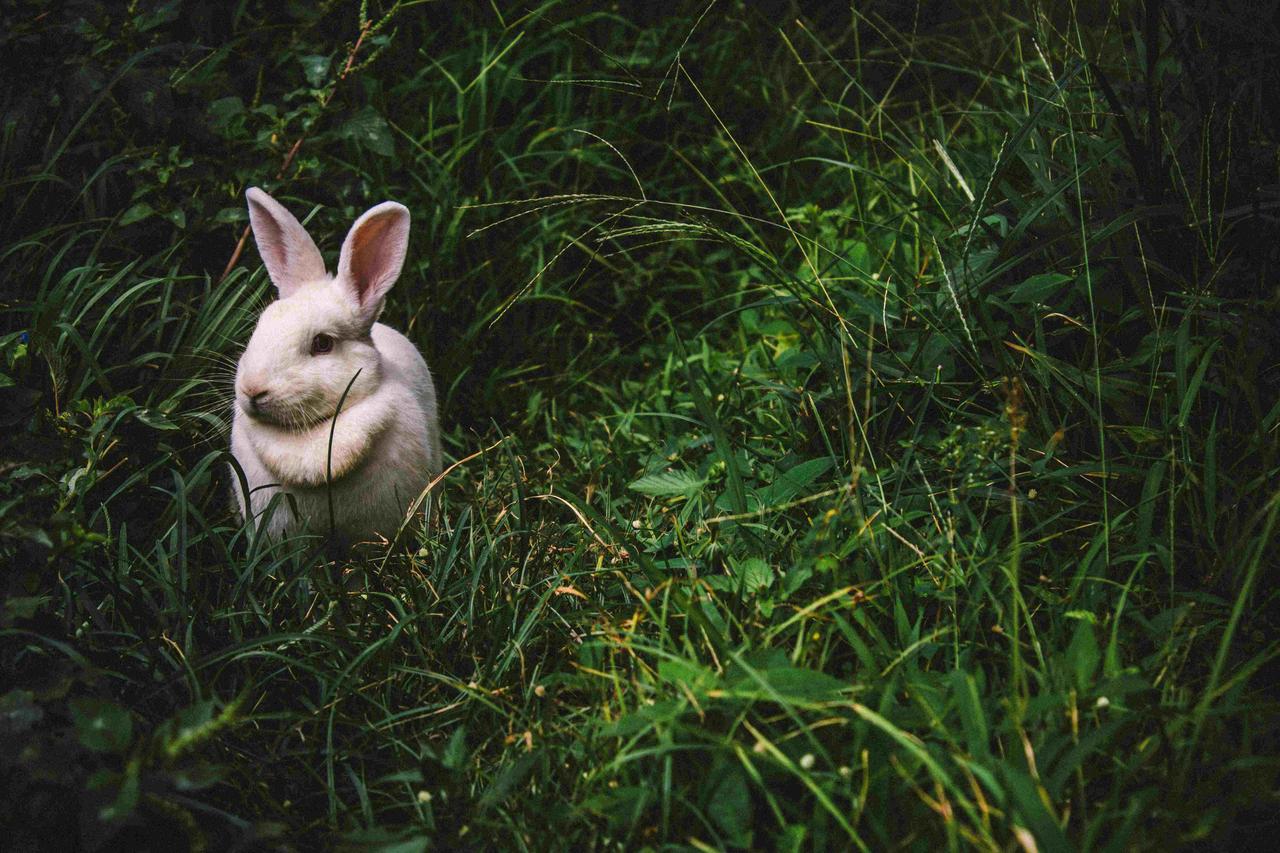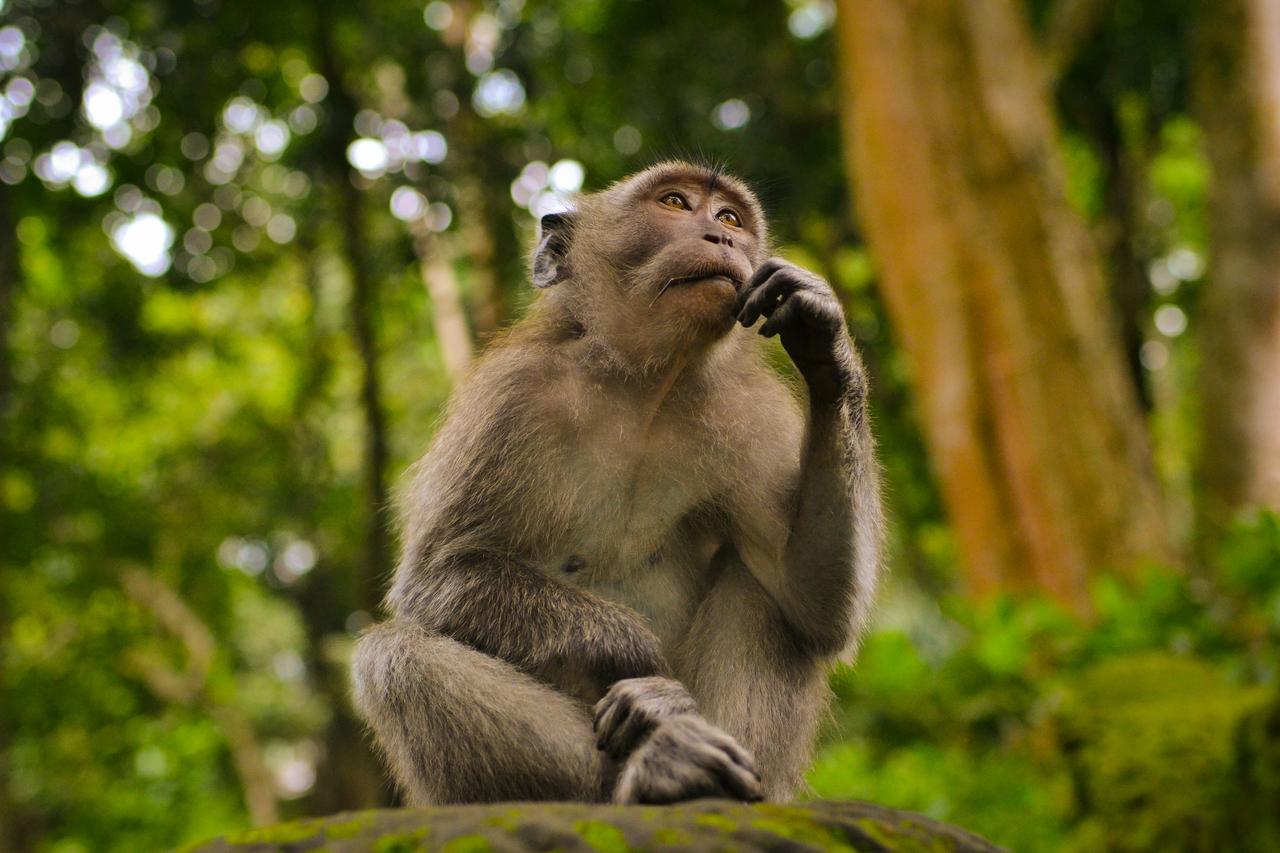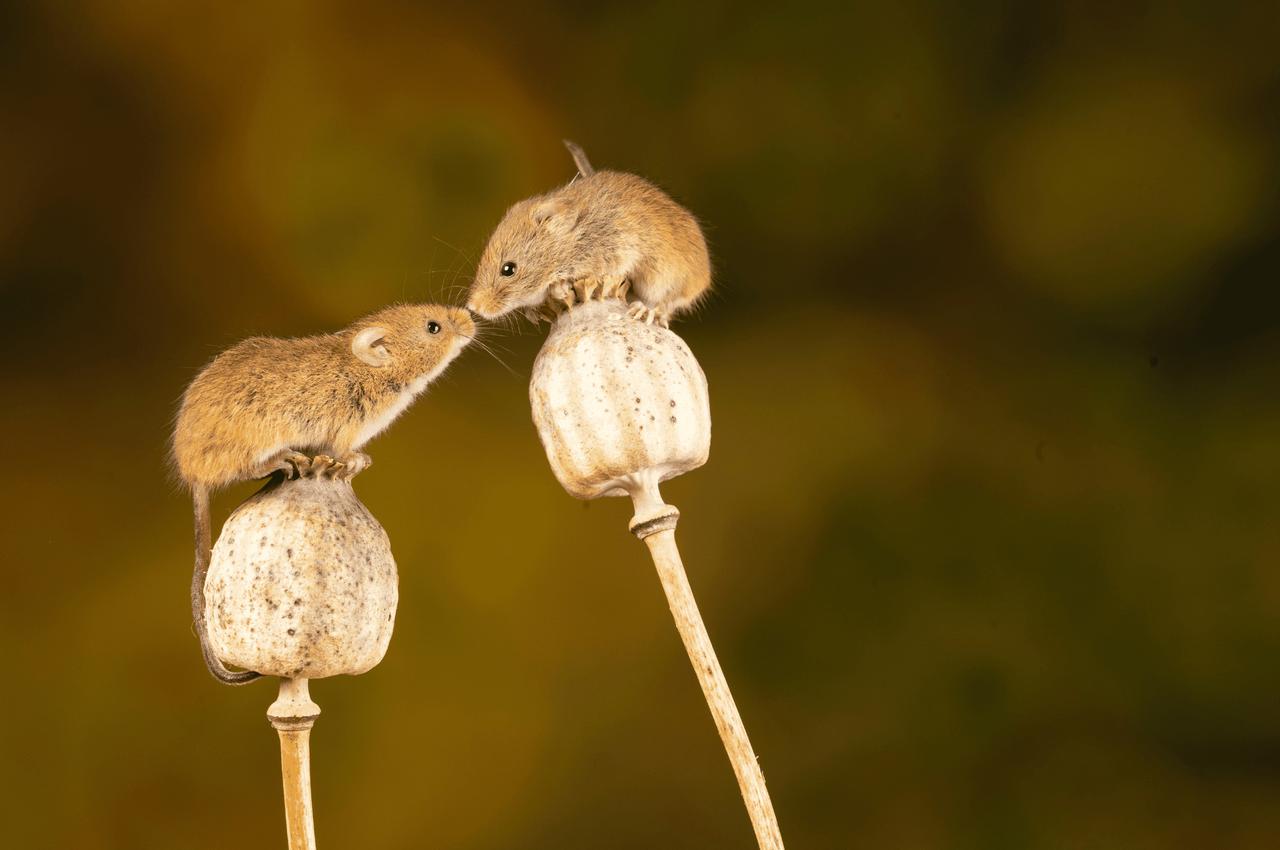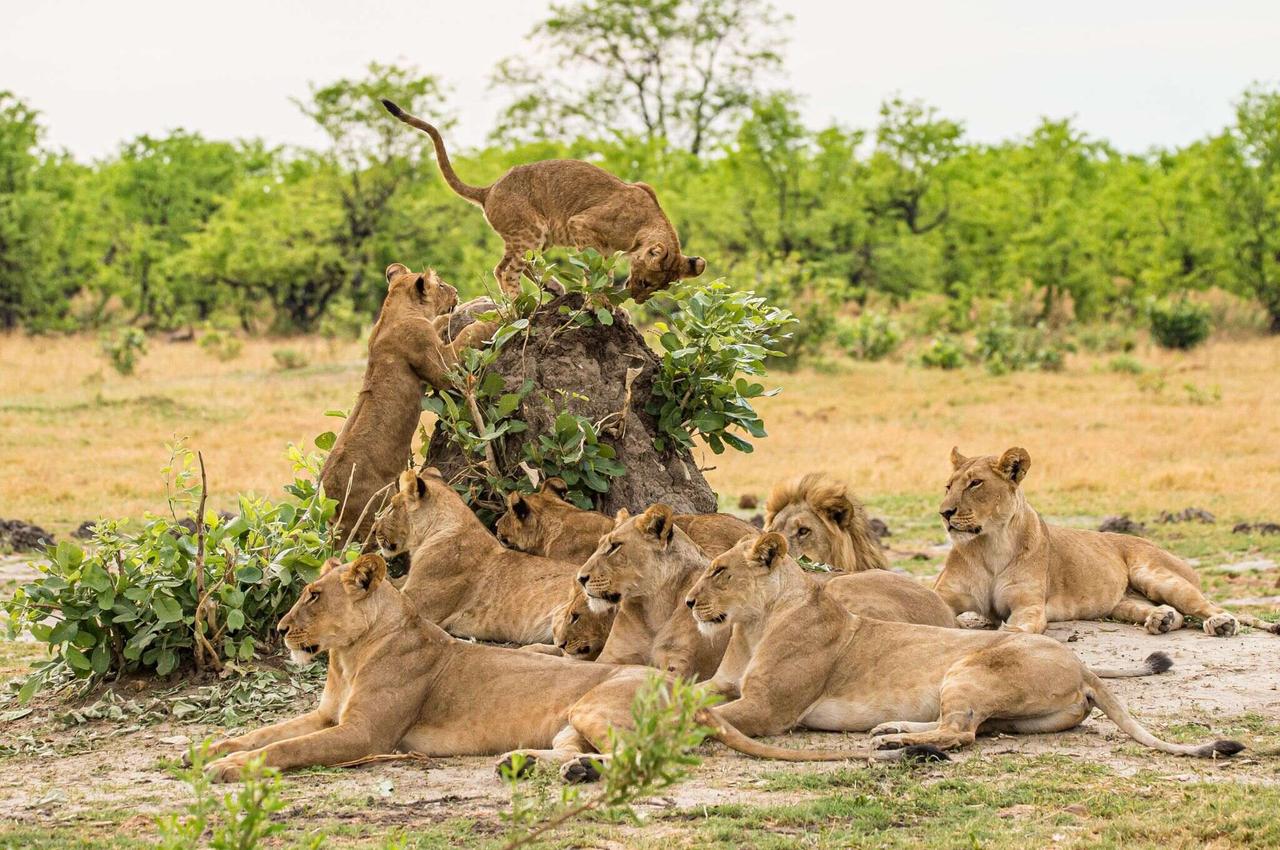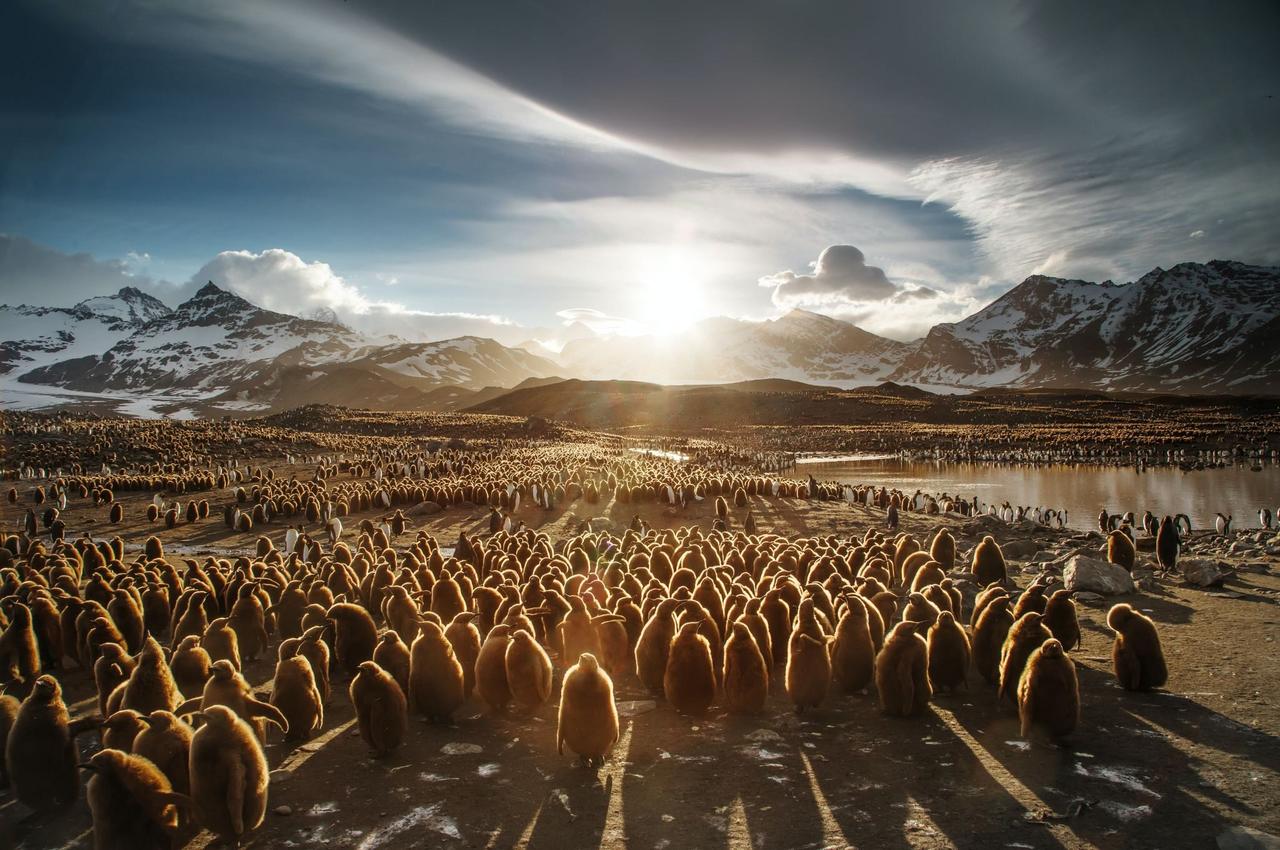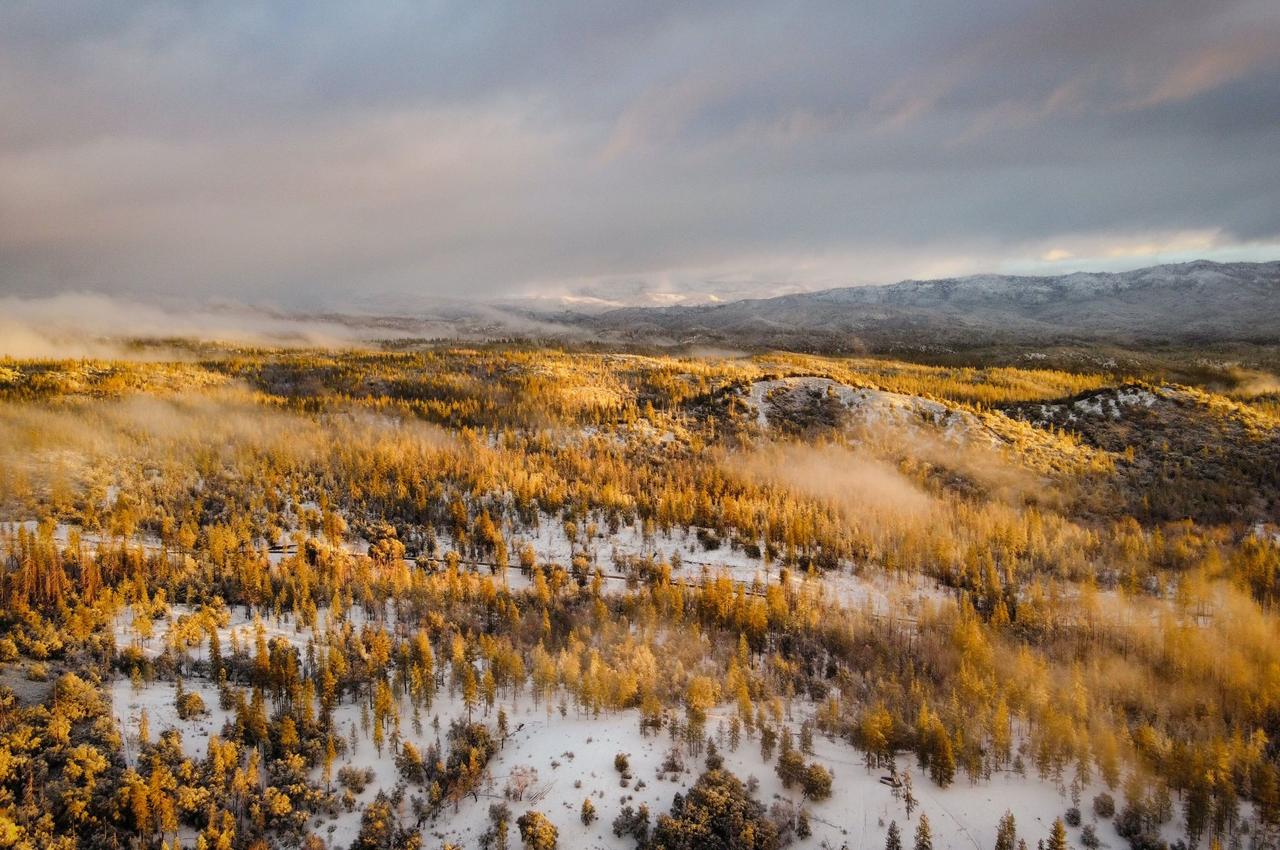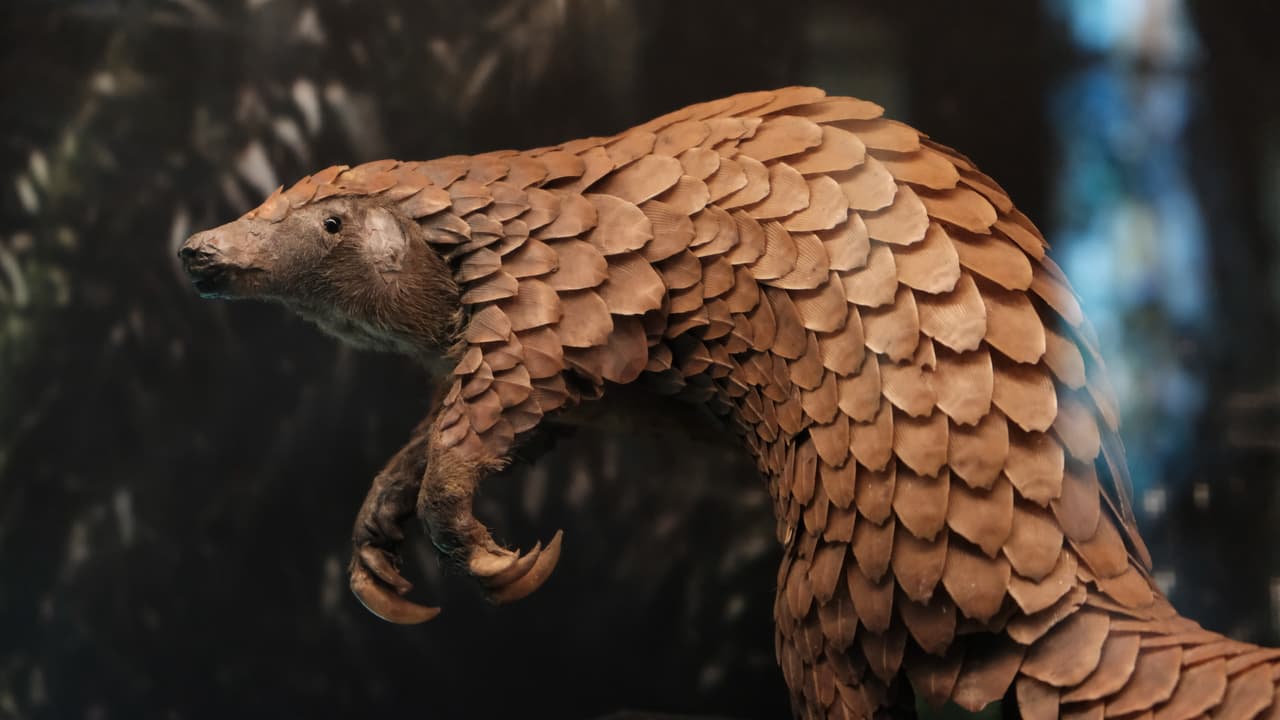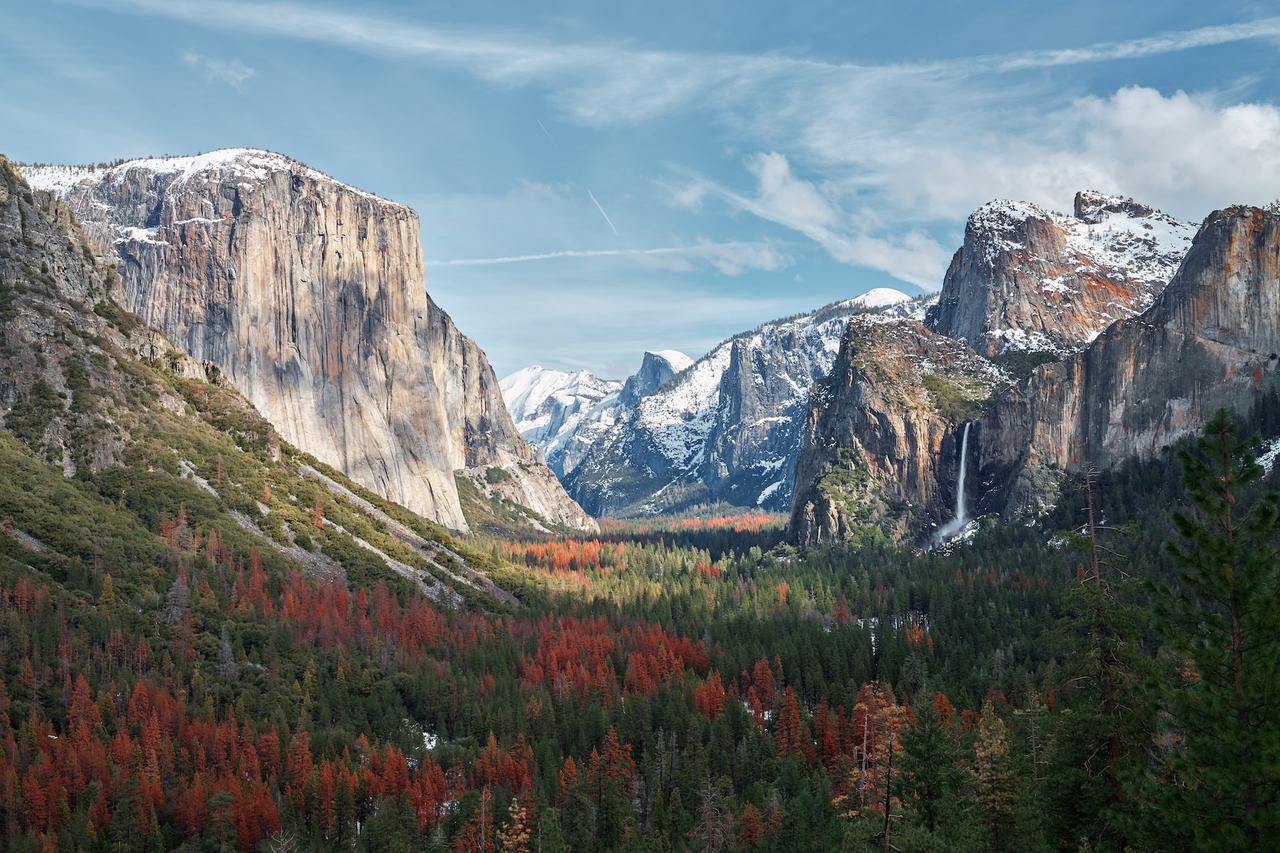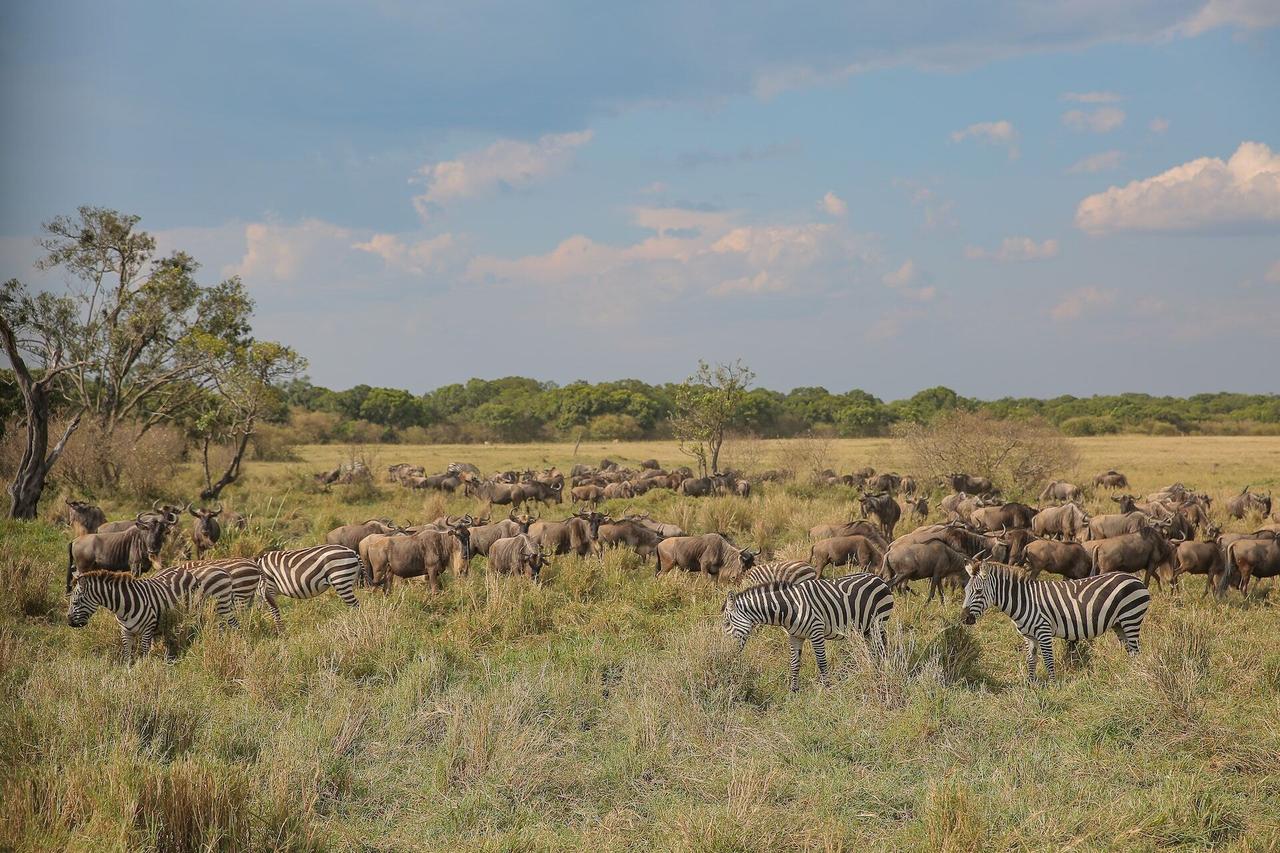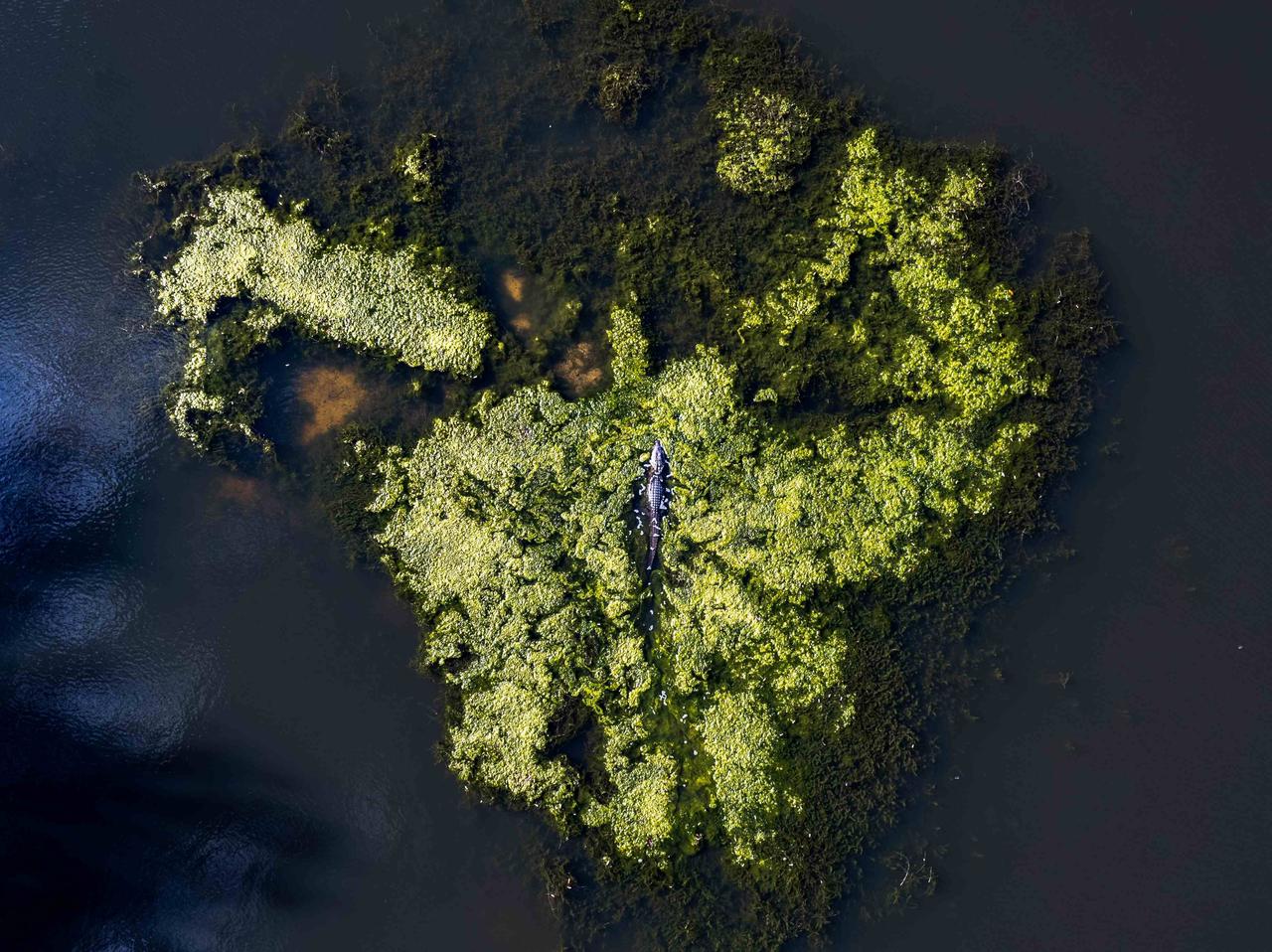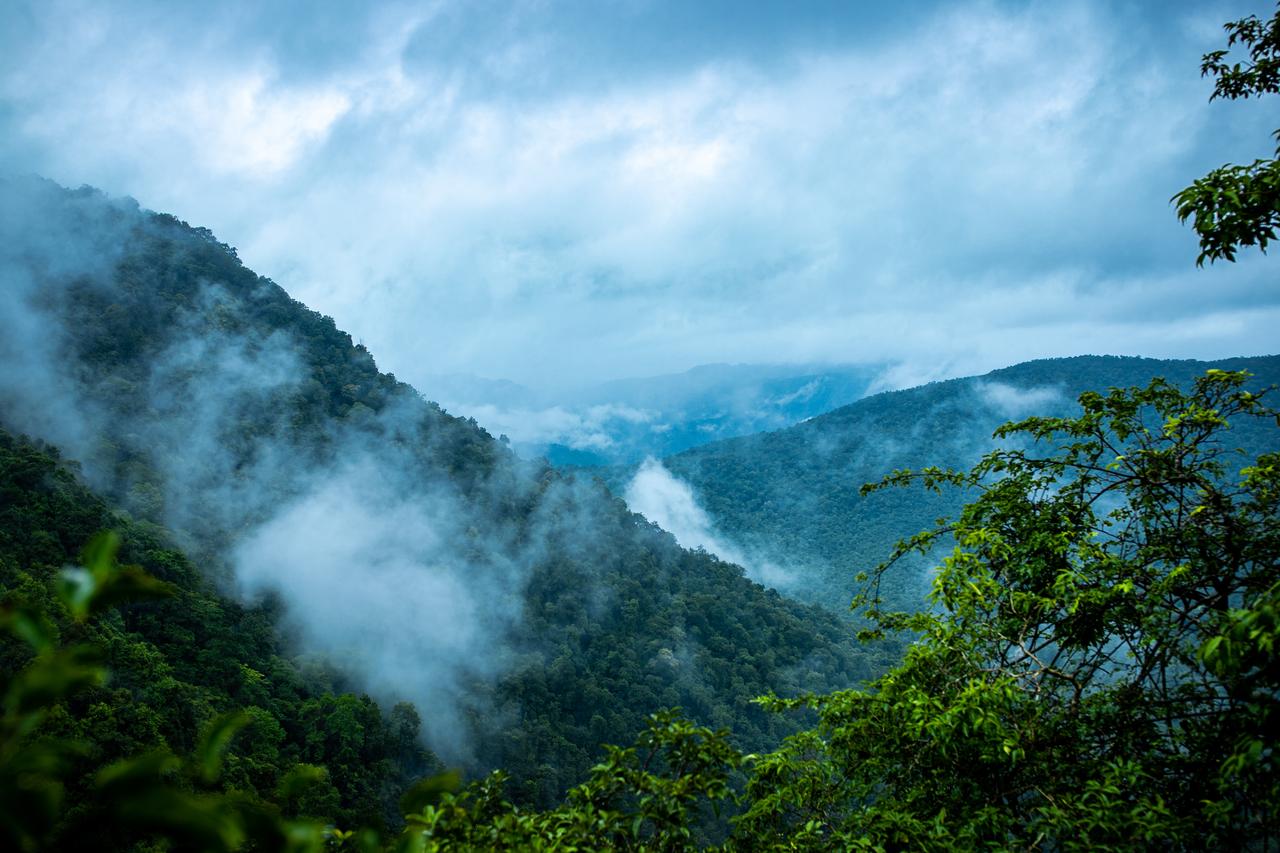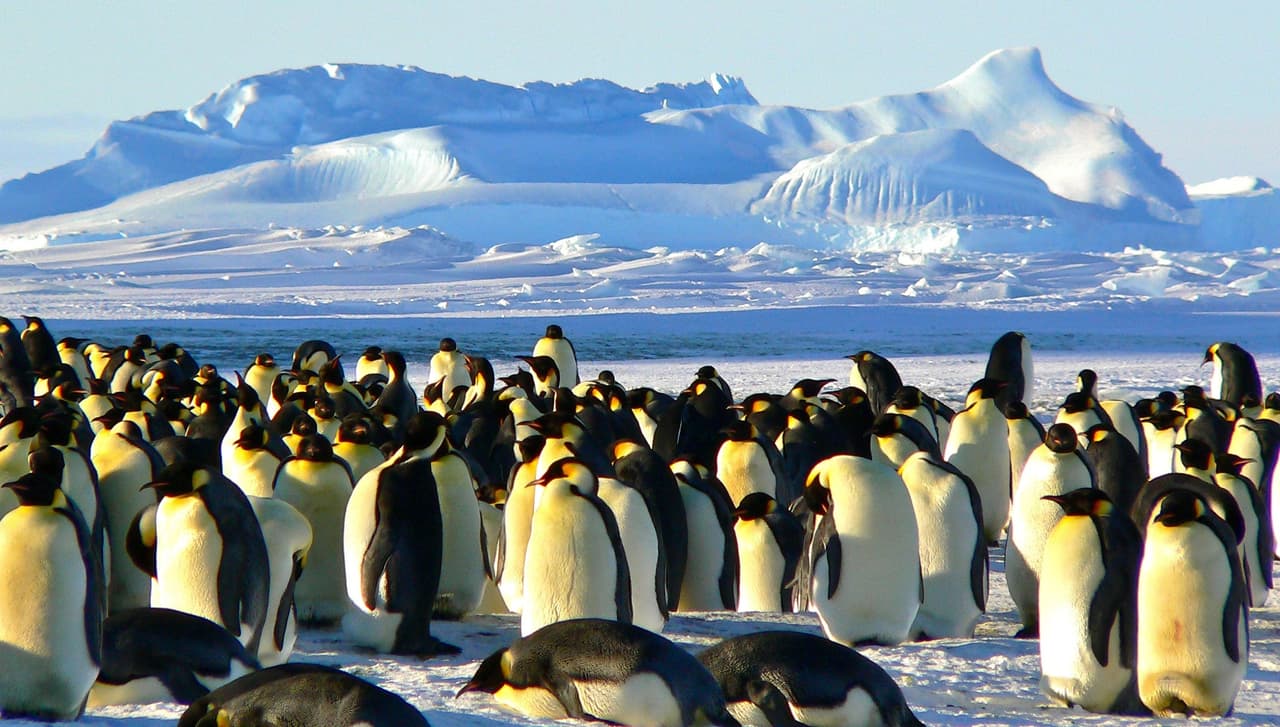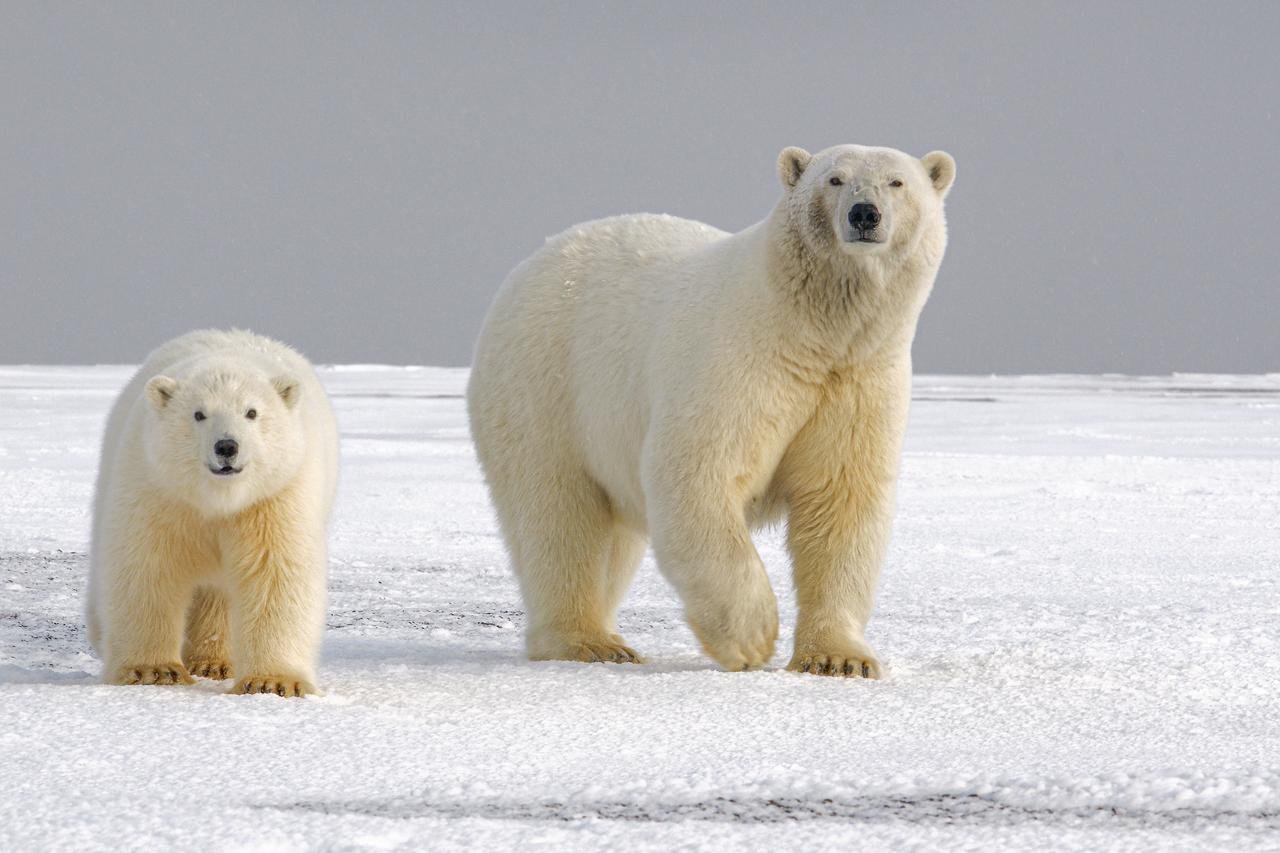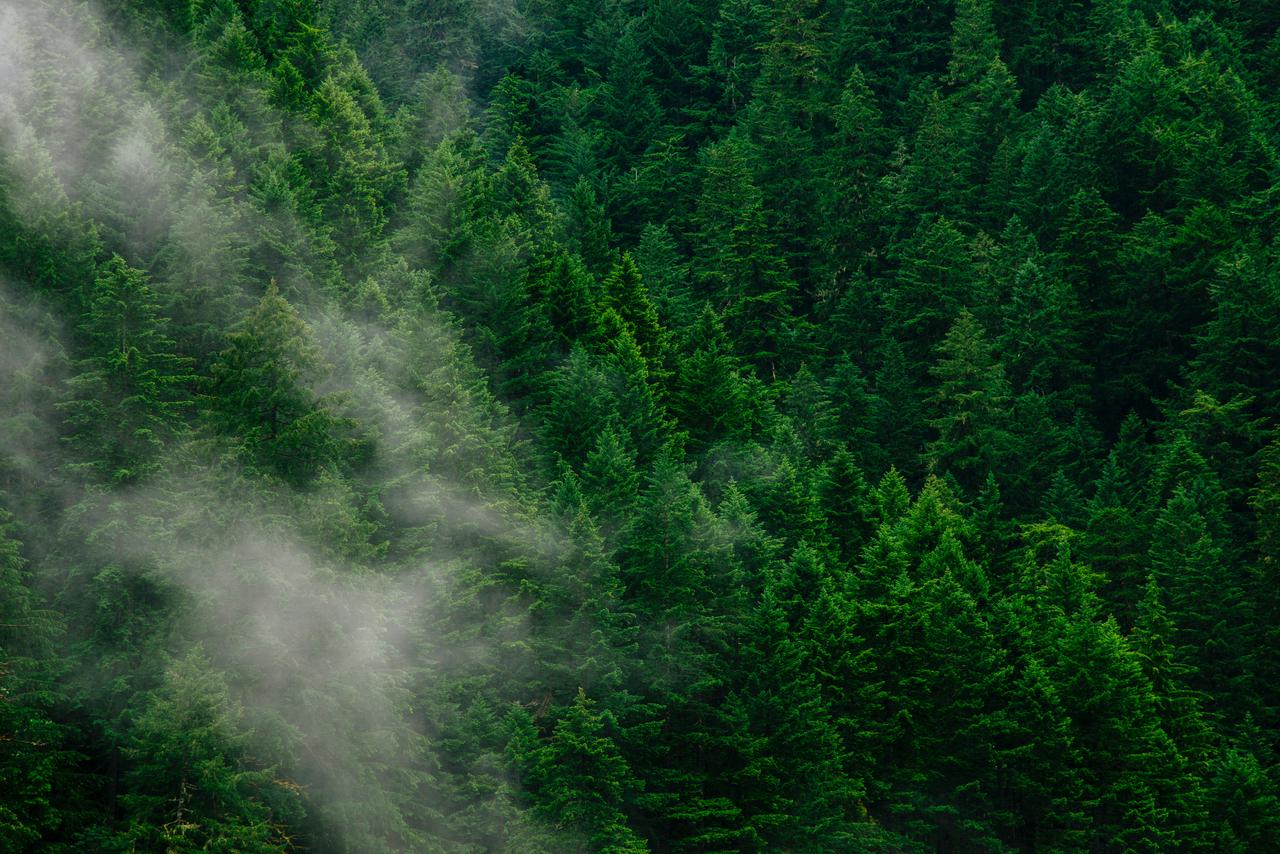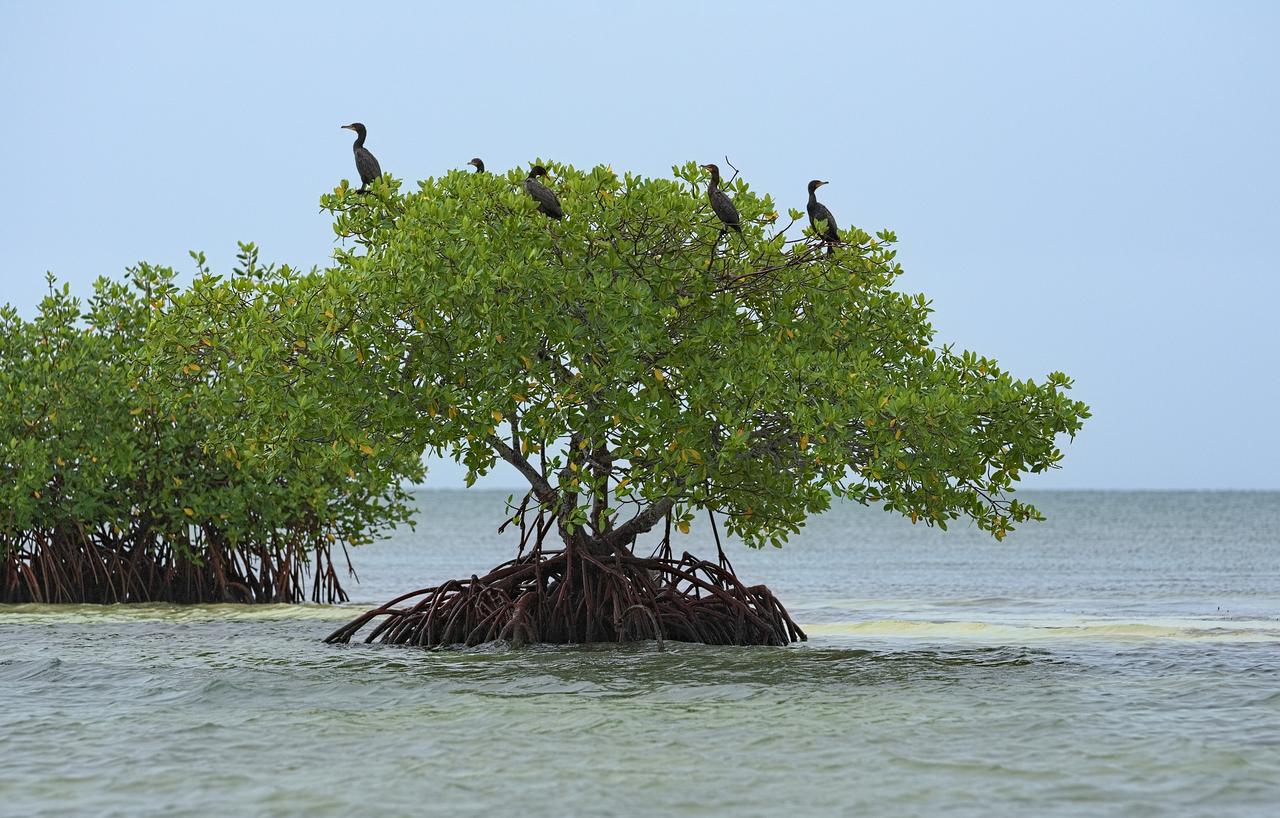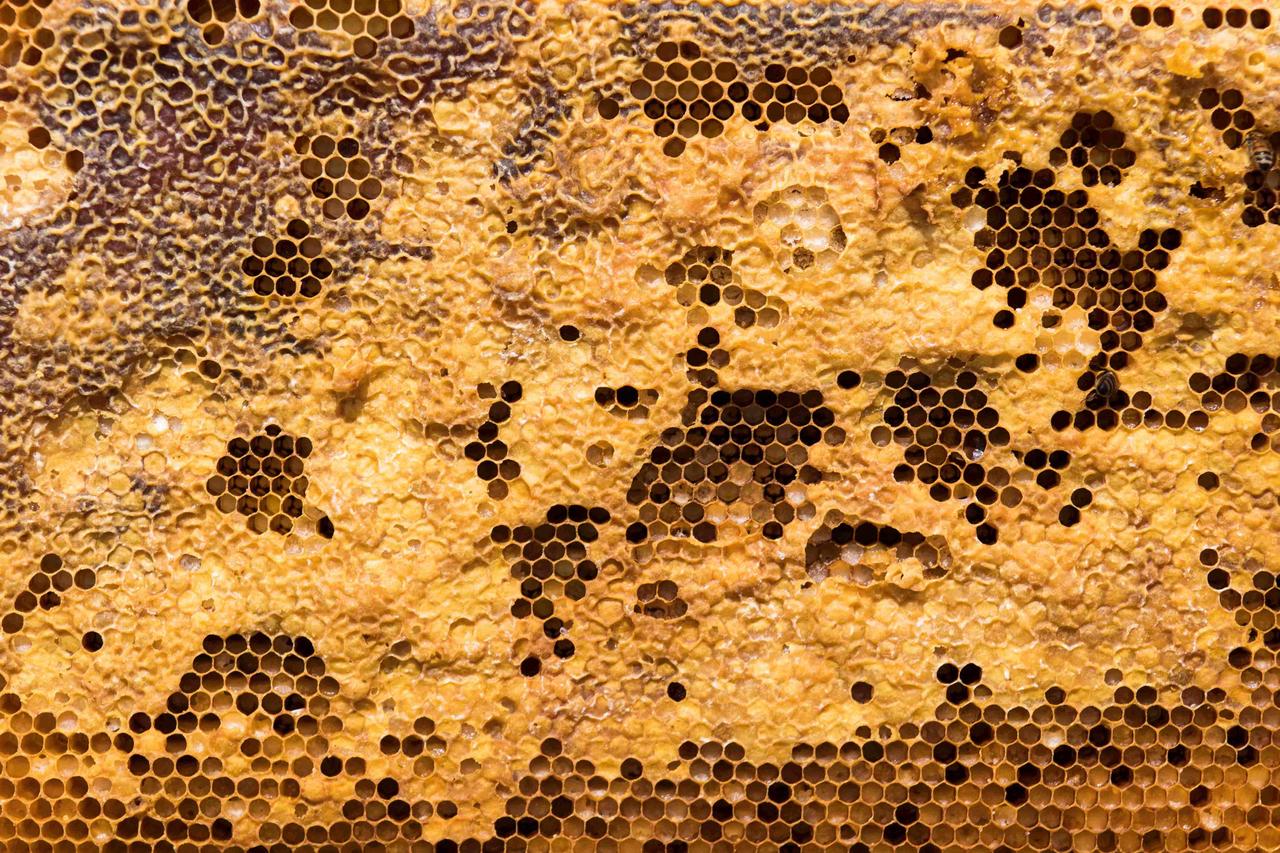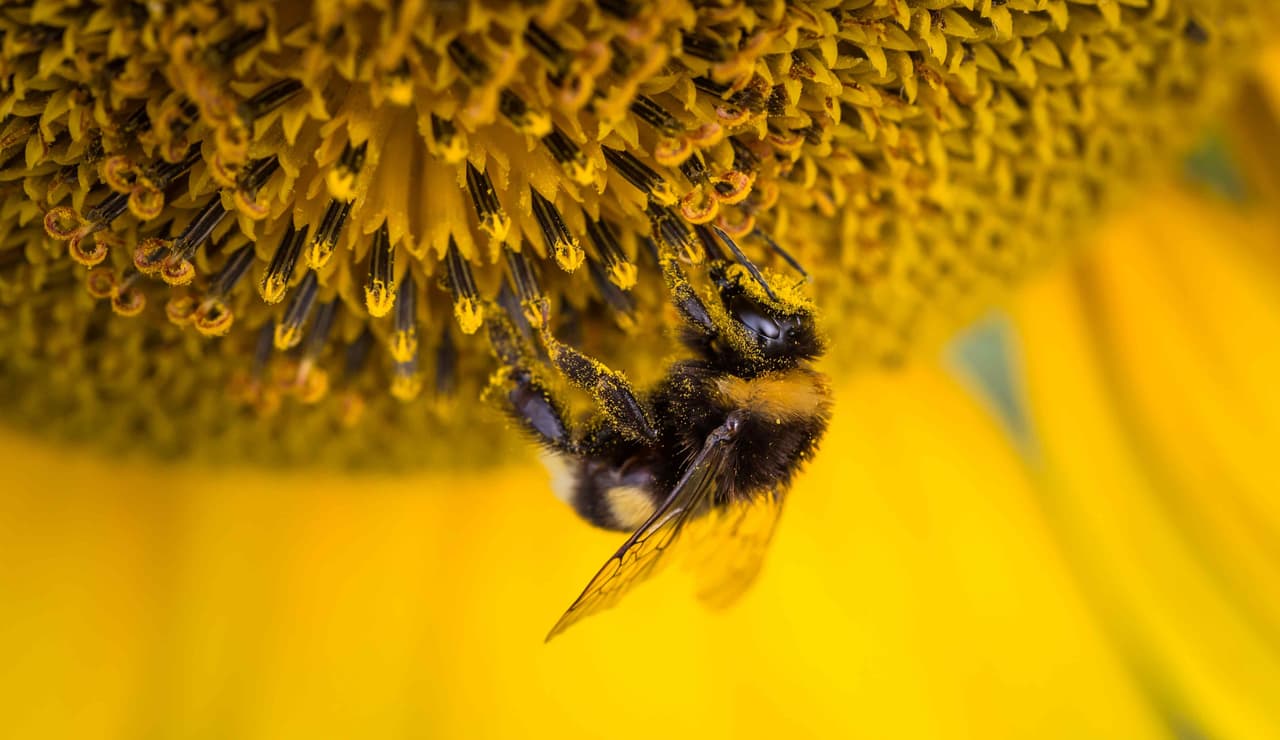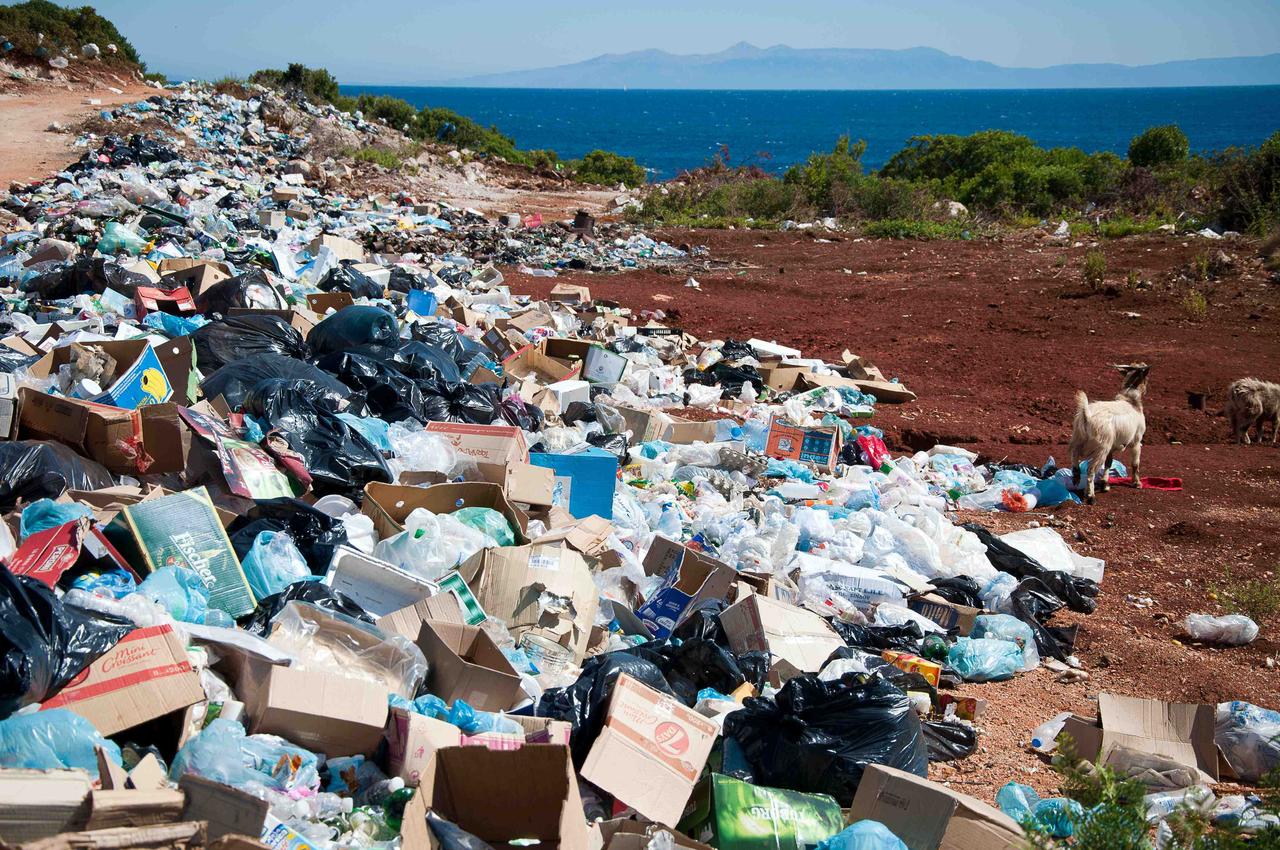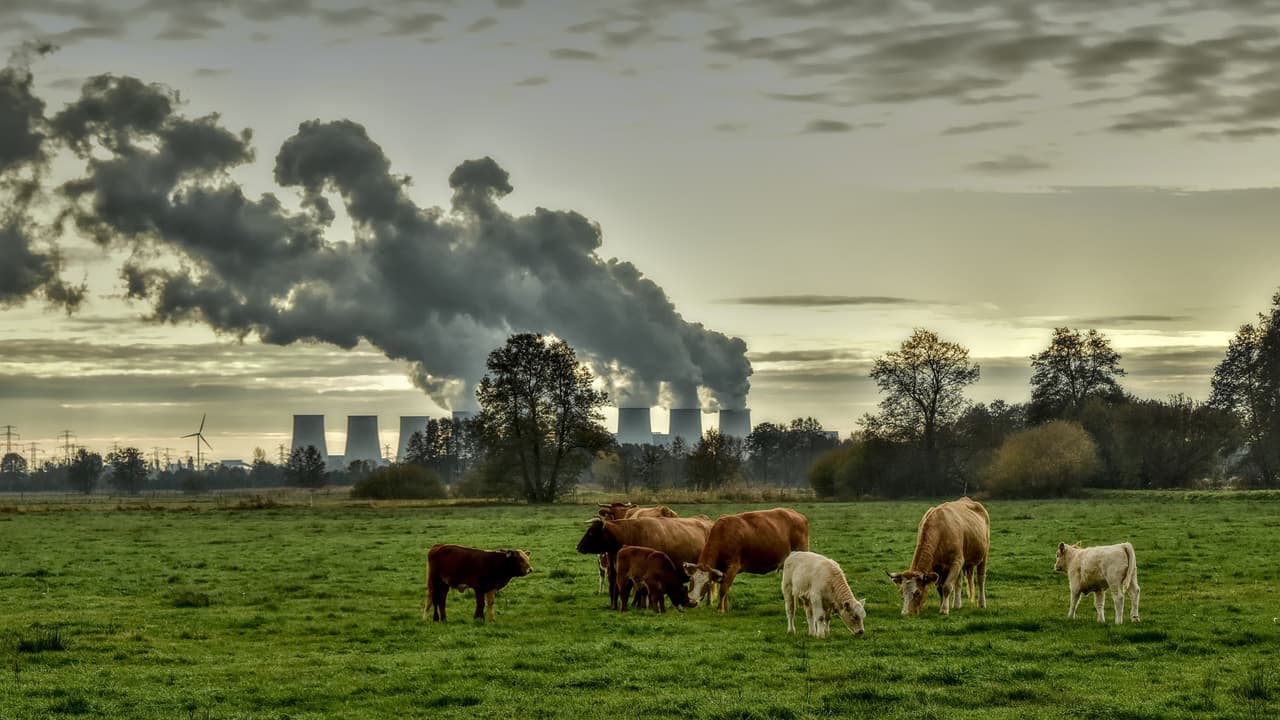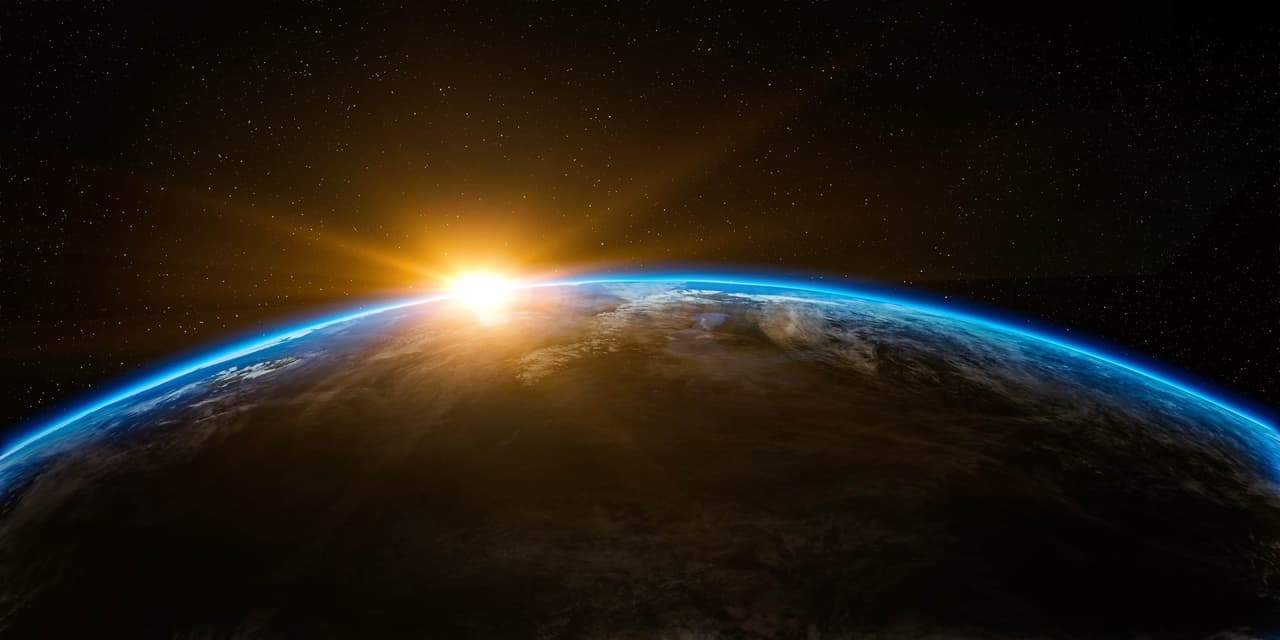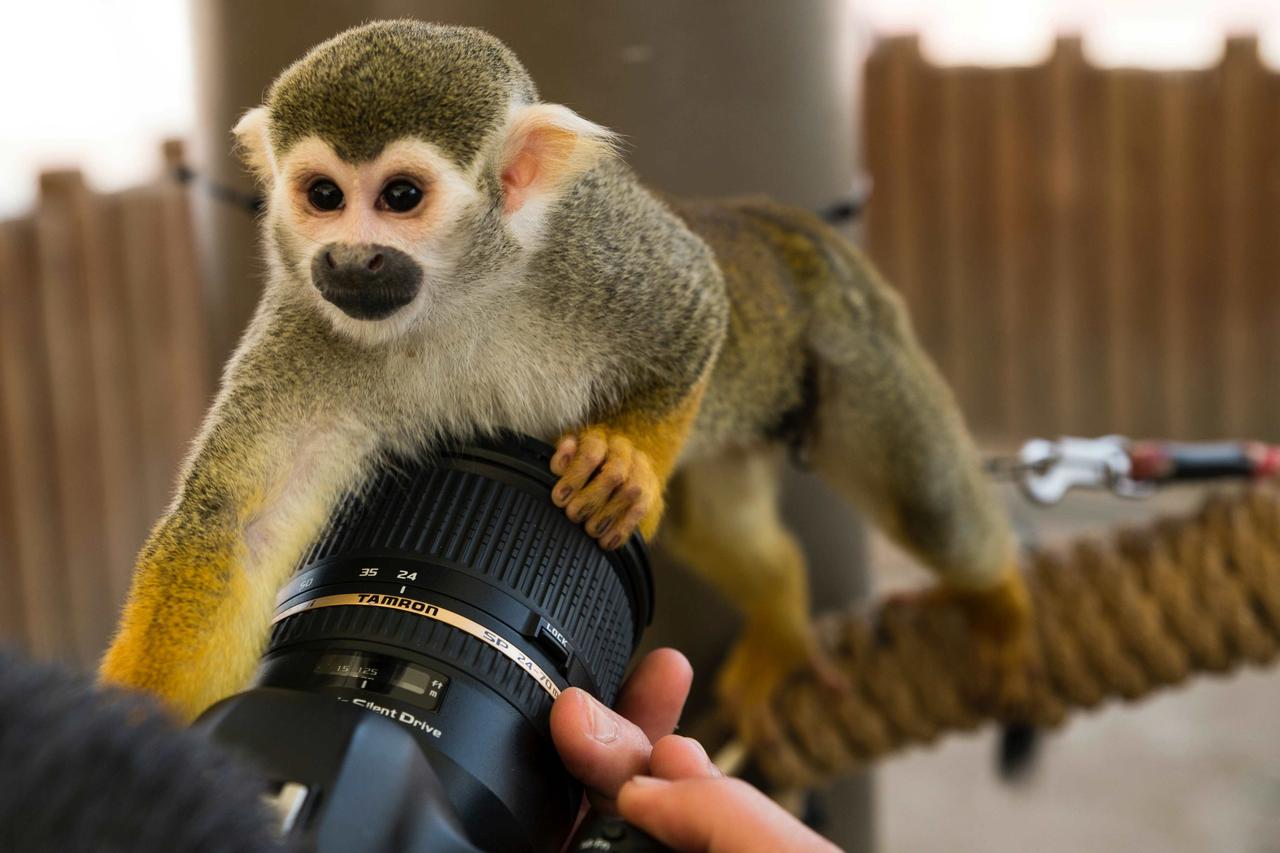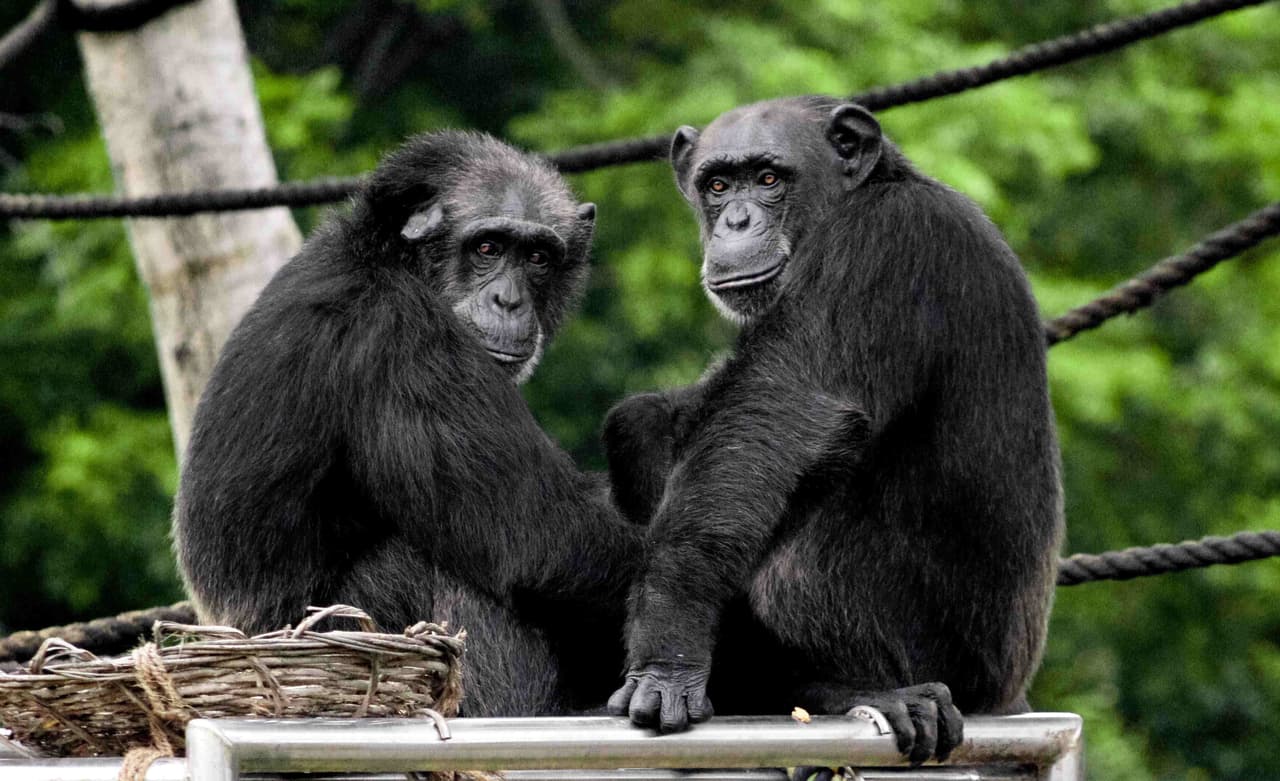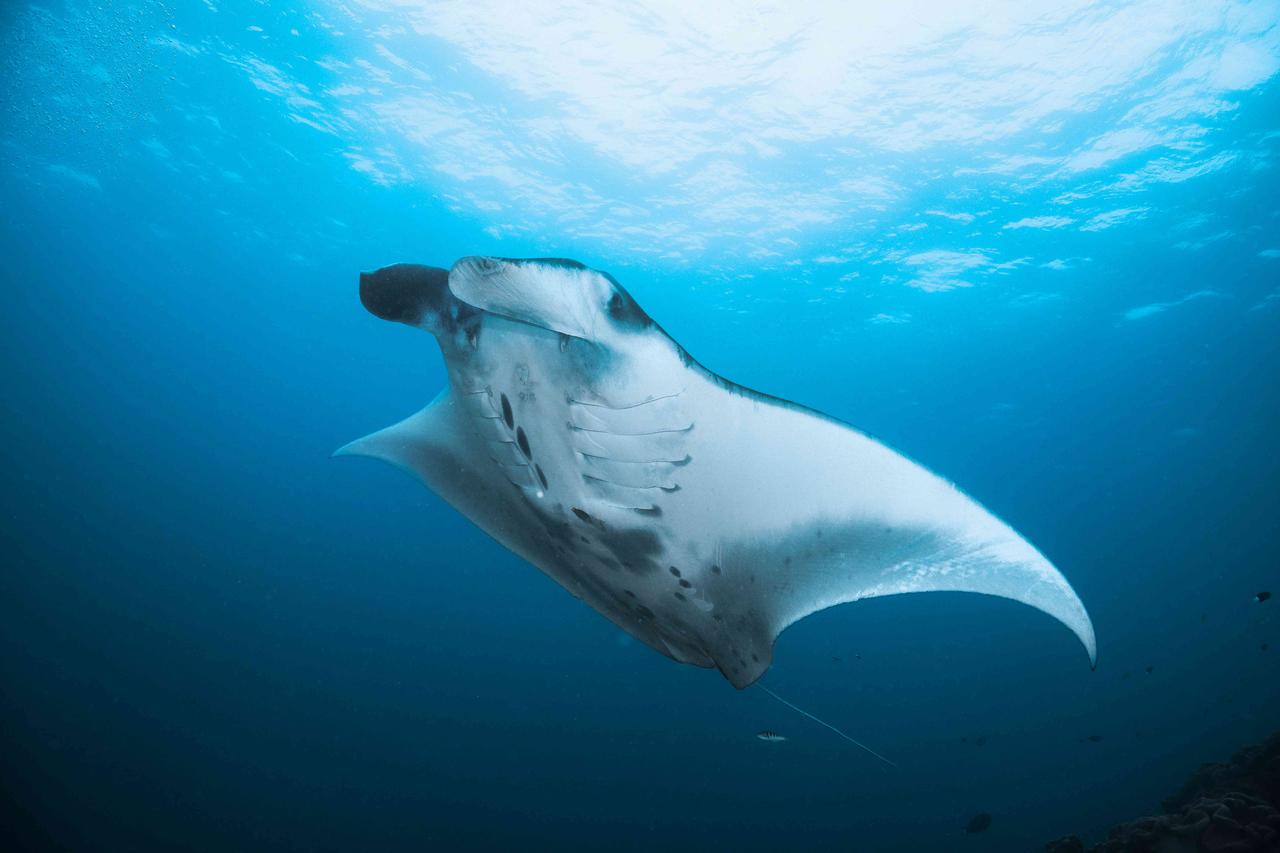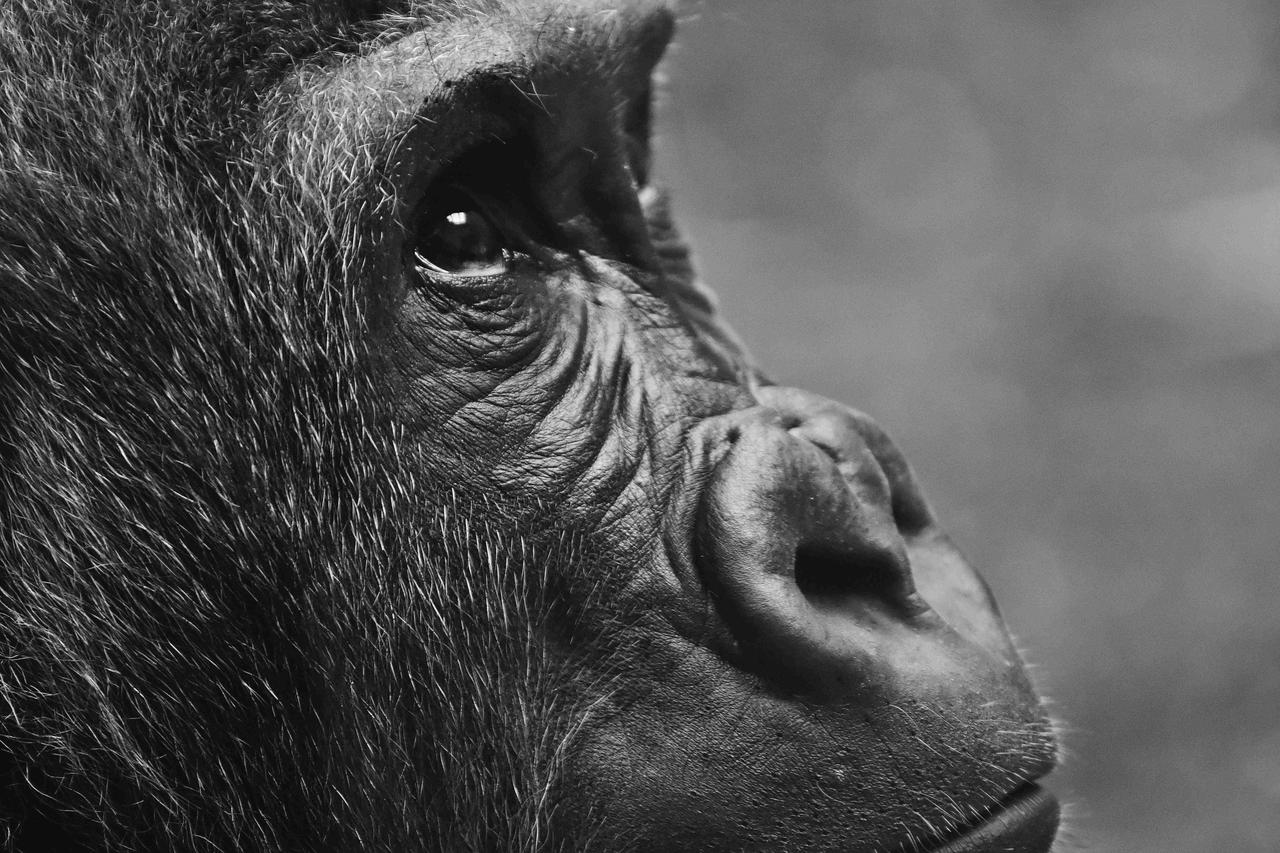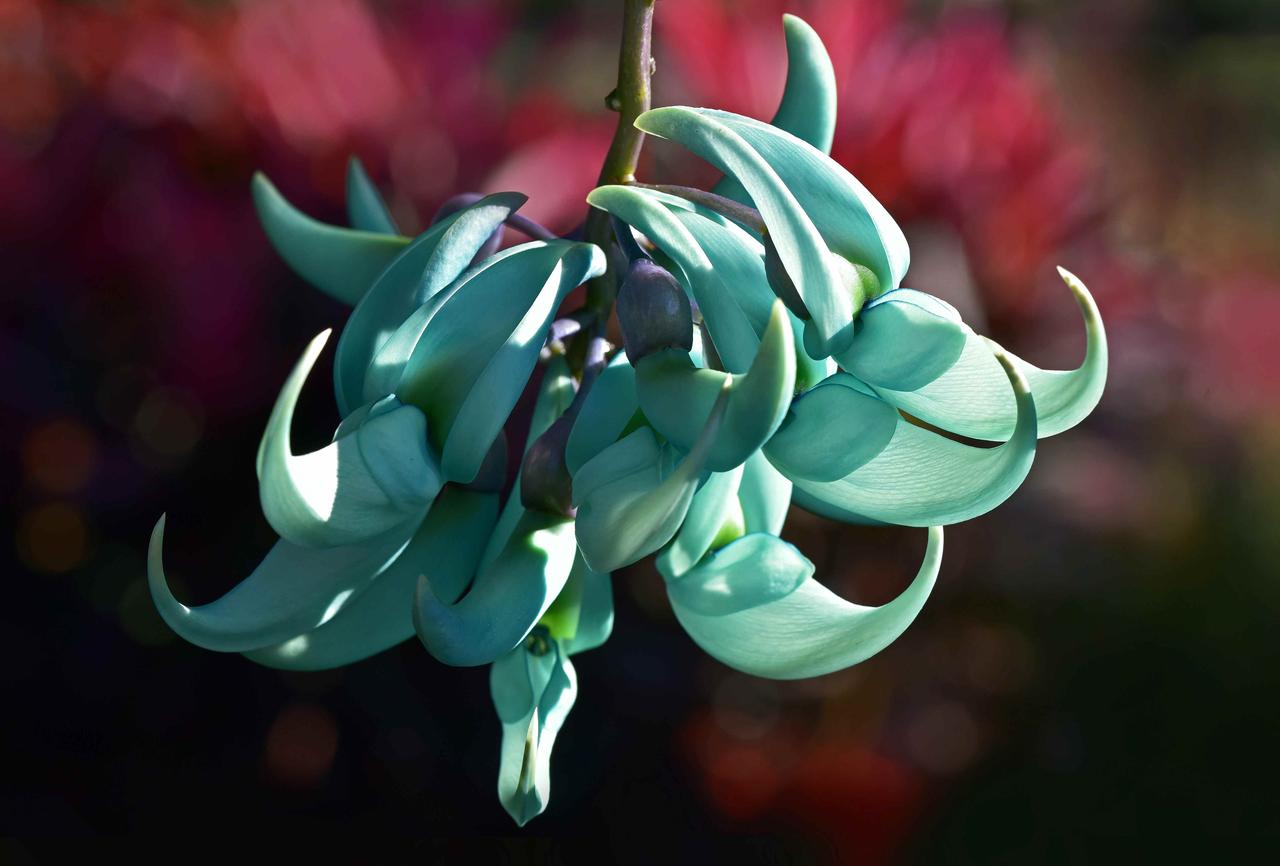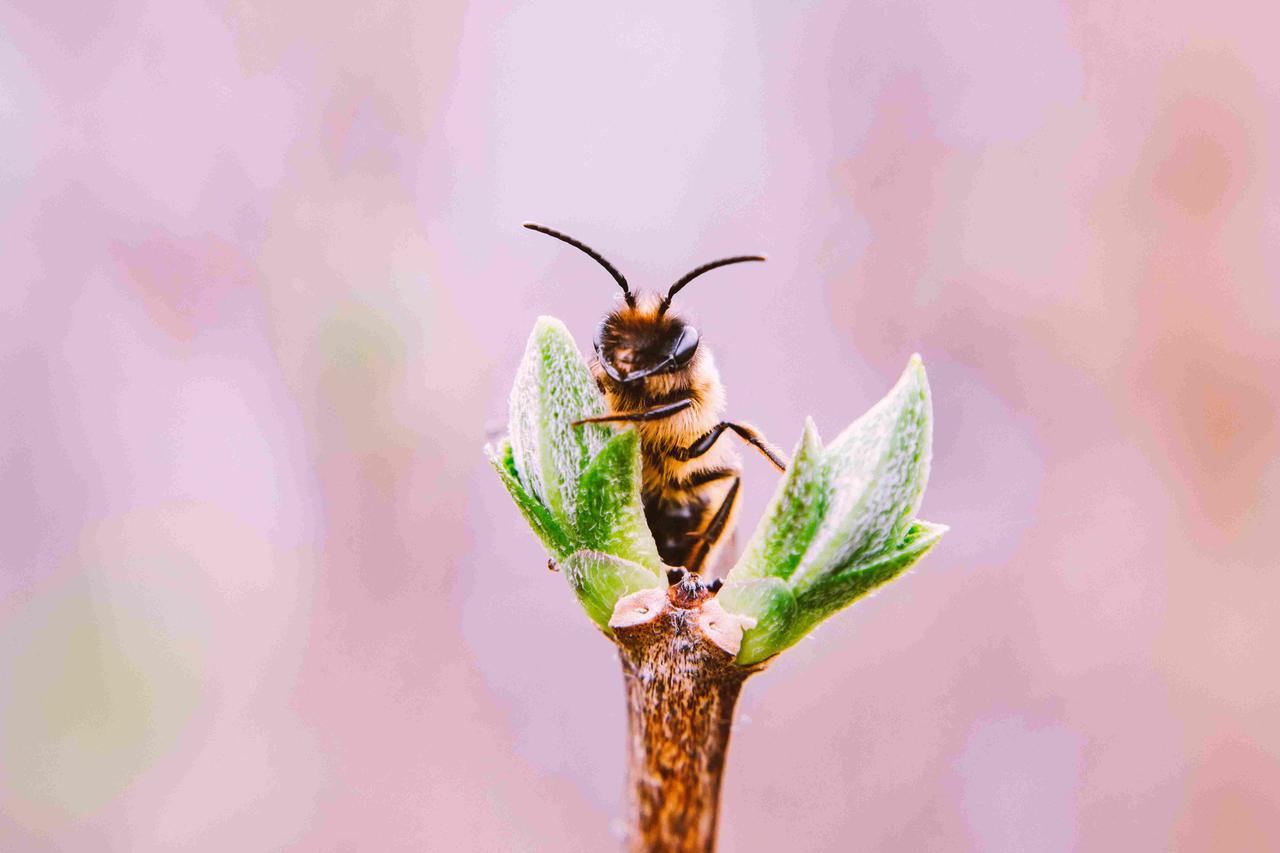
Contrary to popular belief, honeybees are doing fine. The same cannot be said for these bees.
It’s no secret — the world is concerned about bees. And for good reason. Without bees, most of the crops we harvest, the medicines we take, and the places we inhabit would look drastically different.
Contrary to popular belief, honeybees are not struggling. There are more honeybees on the planet today than ever before. Global colonies are up more than 80% since the 1960s, thanks to our own continued domestication and farming.
Unfortunately, this rebound cannot also be said for other vital bee species, the wild ones.
Largely understudied, the degree to which native bees are threatened is likely underestimated. Based on the information we have, scientists believe many native bee populations are in decline.
40% of insect pollinators are threatened globally, most of which are native bees. The IUCN estimates about one in 10 wild bee species are threatened with extinction in Europe. In North America, which boasts over 4,000 types of bees, recent studies have projected nearly half of these native bee populations may be in decline and nearly a quarter at greater risk of extinction.
The American bumblebee has declined by 90% in the last 20 years. One reason for their decline is climate change, which is generating more pervasive heatwaves that are intolerable for bumblebees.
If we don’t turn things around, we may lose bumblebees in a few decades. WORLD BEE DAY, save our bees by setting up a monthly donation to ensure the health and vitality of the planet’s BIODIVERSITY.





